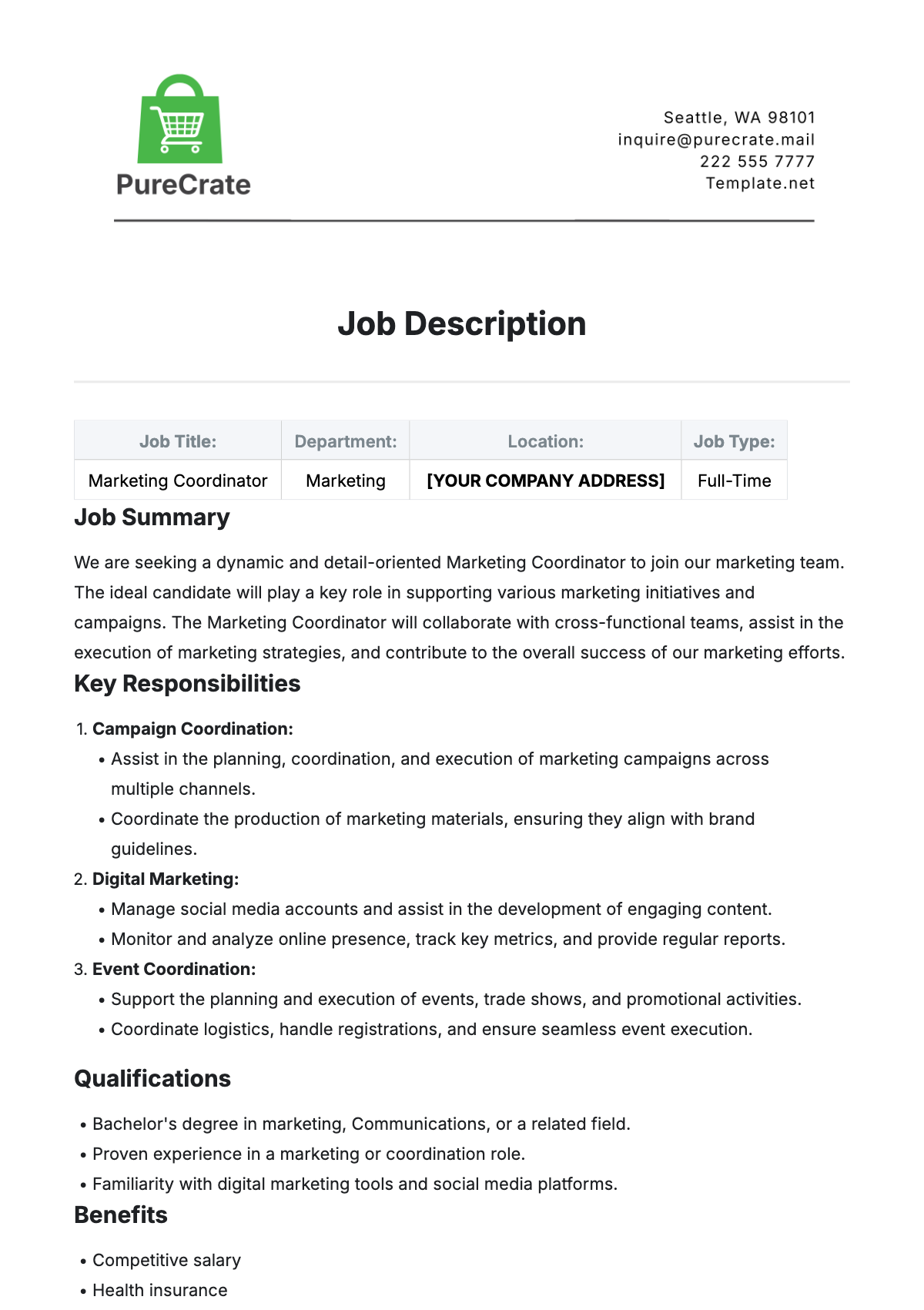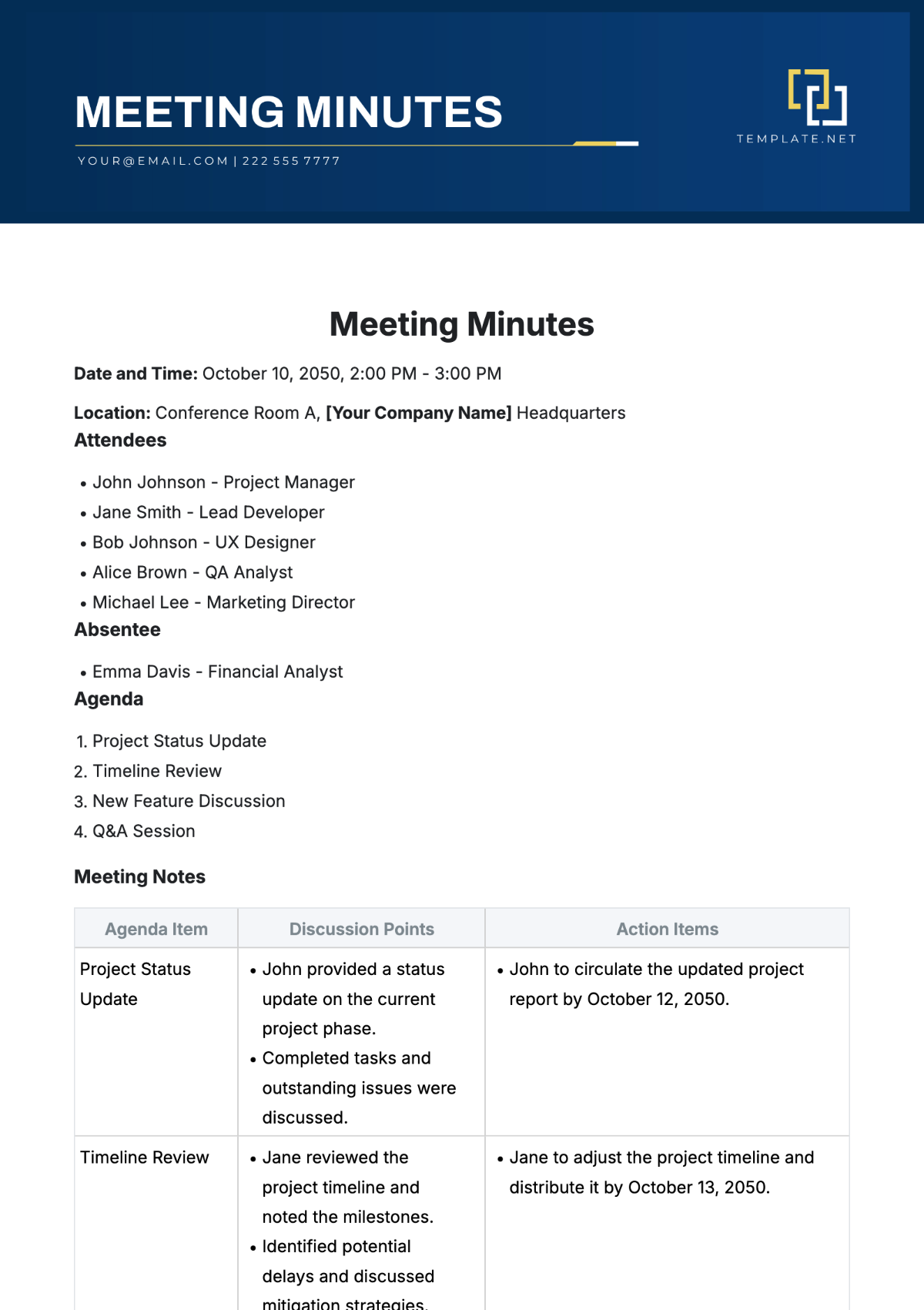Consumer Behavior Methodology
1. Introduction
This Consumer Behavior Methodology is designed to provide a comprehensive framework for studying consumer behavior. It outlines the necessary methods, approaches, and steps to gather, analyze, and interpret data about consumers and their purchasing habits. This methodology aims to offer a structured and detailed guide to understand various aspects of consumer behavior, including the psychological, social, and economic factors that influence purchasing decisions. By following this template, researchers can gain valuable insights into how consumers interact with products, brands, and markets, ultimately leading to data-driven decision-making.
2. Research Objectives
The research objectives define the goals of the consumer behavior study, specifying the key areas of focus. These objectives guide the entire research process, ensuring that the study addresses relevant questions and produces actionable insights.
2.1. Primary Objectives
Identify consumer purchasing patterns: Understand the frequency, timing, and types of products that consumers purchase.
Understand the factors influencing consumer decisions: Examine psychological, social, and cultural factors that affect consumer choices.
Analyze consumer preferences and motivations: Explore the underlying reasons behind consumer preferences, such as brand loyalty, price sensitivity, and product features.
2.2. Secondary Objectives
Evaluate the impact of marketing strategies on consumer behavior: Assess how advertising, promotions, and branding efforts influence consumer decision-making.
Assess how socio-economic factors affect consumer choices: Investigate how income, education, and social status influence purchasing behavior.
Identify emerging trends in consumer behavior: Detect new patterns and shifts in consumer behavior, such as the rise of e-commerce or sustainable consumption.
3. Research Design
The research design outlines the overall strategy that will be used to integrate the different components of the study coherently and logically. It serves as the blueprint for the entire research process, detailing how the research objectives will be achieved.
3.1. Type of Research
Exploratory: Used to gain a deeper understanding of consumer behavior in areas with limited prior research.
Descriptive: Aimed at accurately depicting consumer behavior and identifying trends.
Causal: Focused on determining cause-and-effect relationships, such as the impact of pricing changes on consumer purchasing.
3.2. Research Methods
Qualitative Methods: In-depth interviews, focus groups, and ethnographic studies to explore consumer attitudes and behaviors.
Quantitative Methods: Surveys, experiments, and observational studies to collect numerical data for statistical analysis.
Mixed-Methods: A combination of qualitative and quantitative approaches to provide a more comprehensive understanding of consumer behavior.
4. Data Collection Methods
This section describes the methods and tools that will be used to collect data, ensuring the reliability and validity of the information gathered. Both primary and secondary data sources will be utilized to provide a holistic view of consumer behavior.
4.1. Primary Data Collection
Surveys: Structured questionnaires administered to a representative sample of consumers to gather quantitative data on purchasing habits, preferences, and attitudes.
Interviews: One-on-one or small-group interviews are conducted to obtain qualitative insights into consumer motivations and decision-making processes.
Focus Groups: Discussions with selected groups of consumers to explore their opinions, experiences, and perceptions related to specific products or brands.
Observational Studies: Systematic observation of consumer behavior in natural settings, such as retail stores or online shopping environments.
4.2. Secondary Data Collection
Literature Review: Analysis of existing academic and industry research to contextualize the study and identify gaps in current knowledge.
Market Reports: Examination of market research reports that provide data on industry trends, consumer demographics, and competitive analysis.
Industry Publications: Review of articles, case studies, and reports from industry publications that offer insights into consumer behavior trends and marketing strategies.
5. Sampling Methods
Sampling methods describe how participants will be selected for the study, ensuring that the sample is representative of the target population. This section also includes the rationale for sample size determination.
5.1. Sampling Techniques
Random Sampling: Selection of participants through random methods to ensure each individual has an equal chance of being included in the study.
Stratified Sampling: Division of the population into subgroups (strata) based on specific characteristics, with samples drawn from each stratum to ensure representation.
Cluster Sampling: Selection of entire groups or clusters (e.g., geographic areas, schools) rather than individuals, particularly useful for large populations.
Convenience Sampling: Selection of participants based on availability and willingness to participate, often used in exploratory research or pilot studies.
5.2. Sample Size Determination
Criteria for Sample Size: Sample size will be determined based on factors such as the desired level of confidence, margin of error, and variability within the population.
Calculations: Statistical formulas, such as Cochran’s formula for determining sample size, will be used to calculate the appropriate number of participants needed to achieve reliable results.
6. Data Analysis Methods
Data analysis methods detail how the collected data will be processed and interpreted. This section ensures that the findings are valid, reliable, and meaningful.
6.1. Qualitative Data Analysis
Thematic Analysis: Identification of recurring themes or patterns in qualitative data, such as interview transcripts or focus group discussions.
Content Analysis: Systematic coding and categorization of qualitative data to quantify the presence of certain words, themes, or concepts.
Grounded Theory: Development of theories based on data collected during the research, allowing for the emergence of new insights into consumer behavior.
6.2. Quantitative Data Analysis
Descriptive Statistics: Use of statistical measures such as mean, median, mode, and standard deviation to summarize and describe the characteristics of the data.
Inferential Statistics: Techniques such as t-tests, chi-square tests, and ANOVA are used to make inferences about the population based on sample data.
Regression Analysis: Statistical method used to identify relationships between variables, such as the effect of price on consumer purchasing behavior.
7. Ethical Considerations
Ethical considerations ensure that the research adheres to ethical standards and protects the rights and well-being of participants.
7.1. Informed Consent
Participant Information: Participants will be fully informed about the purpose, procedures, and potential risks of the study. Consent will be obtained through signed consent forms.
Voluntary Participation: Emphasize that participation is voluntary and that participants can withdraw from the study at any time without penalty.
7.2. Confidentiality
Data Protection: Procedures will be implemented to ensure that all participant data is securely stored and only accessible to authorized personnel.
Data Anonymization: Participant identifiers will be removed or coded to maintain confidentiality, particularly in data analysis and reporting.
7.3. Anonymity
Anonymization: Where feasible, steps will be taken to ensure that participants remain anonymous, particularly in published reports or presentations of the research findings.
8. Limitations
This section identifies potential limitations of the study that may impact the validity or generalizability of the findings. These may include:
Sampling Bias: The possibility that the selected sample may not fully represent the target population.
Response Bias: The risk that participants may not provide truthful or accurate responses, particularly in self-reported data.
Time Constraints: Limited time available for data collection, which may affect the depth or breadth of the study.
9. Conclusion
This section summarizes the methodology and reiterates the importance of each component in understanding consumer behavior. The structured approach outlined in this template ensures that the research will be comprehensive, systematic, and capable of providing actionable insights. By following this methodology, the study will contribute to a deeper understanding of consumer behavior, supporting data-driven decisions and strategic planning.

















































